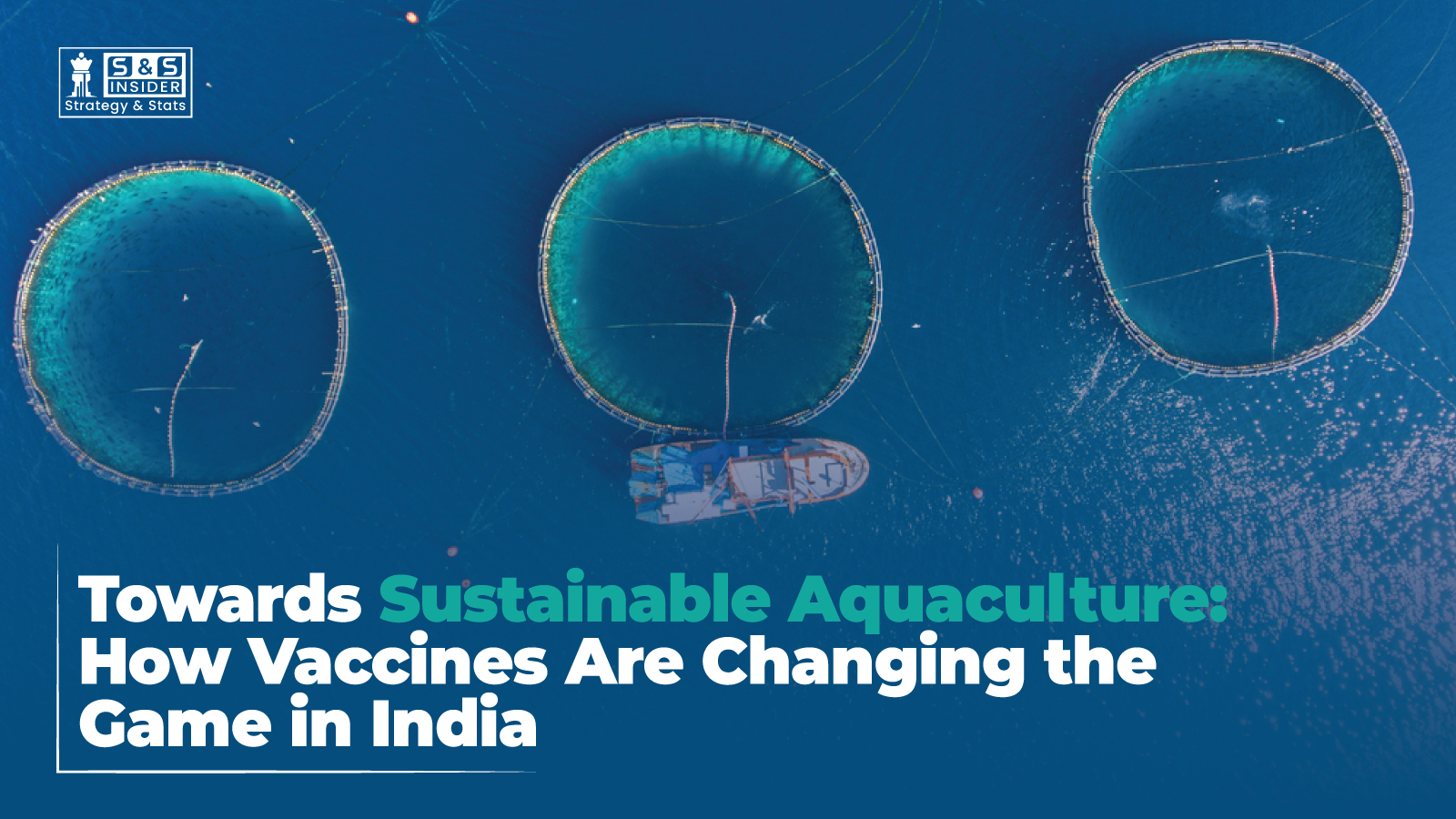
Fish and other aquatic species cultivation, or aquaculture, is a significant economic sector and an essential component of the world's food supply. However, infectious diseases have long posed a serious threat to sustainability and production. With a number of injectable vaccinations already created and, on the market, it is encouraging to see that Indian scientific authorities are acting quickly to offer specialized vaccines for aquaculture species. In order to improve fish health and environmental effects, this new vaccination frontier seeks to shield farmed fish from bacterial and parasite infections and lessen reliance on antibiotics.
Injectable Vaccines: A Major Leap Against Fish Diseases
At least six injectable vaccinations specifically designed for important aquaculture species have been successfully developed, according to scientists affiliated with the Indian Council of Agricultural Research (ICAR). Aeromonas and Edwardsiella are two bacterial illnesses that have traditionally resulted in large losses in carp and other fish species. These vaccines target these infections. In order to expedite the commercial availability of these vaccinations, which is anticipated to happen within the next three to four months, the Council is actively collaborating with regulatory bodies to create official guidelines.
The Promise and Challenge of Oral Vaccines in Aquaculture
Oral vaccination methods are now being researched in addition to injectable vaccines. As oral vaccinations are easier to administer through feed or water, they have a lot of promise for being more practical and economical, especially in large-scale farming settings. However, there are still technological obstacles to overcome in order to ensure efficient delivery and immunological response through this route, which calls for more research and development.
Battling Viral Threats: Why Shrimp Vaccination Remains Elusive
The introduction of vaccines has made it easier to control bacterial and parasite diseases, but viral infections, particularly those that impair shrimp, such as White Spot Syndrome, continue to provide serious challenges. Shrimp and other crustaceans, in contrast to fish, have biological constraints that hinder the development of long-lasting immunity, making vaccination strategies less successful or unfeasible for these species. As a result, using disease-free hatchery stock and rigorous management techniques including regulating stocking density, water quality, and hygiene are crucial for preventing viral illnesses in shrimp farming.
Economic and Environmental Impacts of Aquaculture Vaccination
India is the world's second-largest producer of aquaculture, which accounts for about 59% of worldwide fisheries production. Disease control is essential for India's food security and economic well-being as aquaculture makes up around 65% of the nation's fish production. Despite improvements, losses from aquatic infections are estimated to be approximately ₹10,000 crore per year in India alone. A sustainable method of lowering these losses while tackling more general issues with antibiotic resistance and environmental contamination is vaccination against important infections.
Driving Sustainability: Vaccines as a Path to Greener Aquaculture
The development of vaccinations is in line with worldwide trends that are moving away from chemical treatments and toward more environmentally friendly alternatives. By reducing the use of antibiotics in aquaculture, widespread immunization can reduce the likelihood of antimicrobial resistance, which is becoming a greater danger to public health worldwide. Additionally, healthier fish populations result in higher feed efficiency, lower mortality, and a smaller environmental effect, which supports the circular economy model and more sustainable aquaculture operations.
Innovations on the Horizon: Future Research and Vaccine Technologies
Oral vaccinations are the next frontier in aquaculture immunization, according to scientists, even though injectable vaccines represent a significant advancement. To address the problem of successful immunization in aquatic habitats, research is looking into novel delivery systems including vaccine-embedded feed or encapsulated formulations that release in the gut.
Additionally, as they have the potential to provide long-lasting and broad-spectrum immunity, genetic and molecular methods to vaccine design, such as DNA and recombinant vaccines, are receiving more and more attention. For implementation to be effective, farmers and hatchery operators must participate in training and extension programs that guarantee appropriate immunization schedules and health management.
Empowering Farmers: The Road to Widespread Vaccine Adoption
Aquaculture vaccines have the potential to completely transform fish farming by promoting sustainability and economic resilience while offering efficient disease management methods. The continued work on oral formulations and the advancements in injectable vaccine development demonstrate a proactive approach to the issues facing the aquaculture industry. The integration of vaccines into routine fish health care is something farmers may anticipate as regulatory frameworks consolidate and manufacturing increases up.